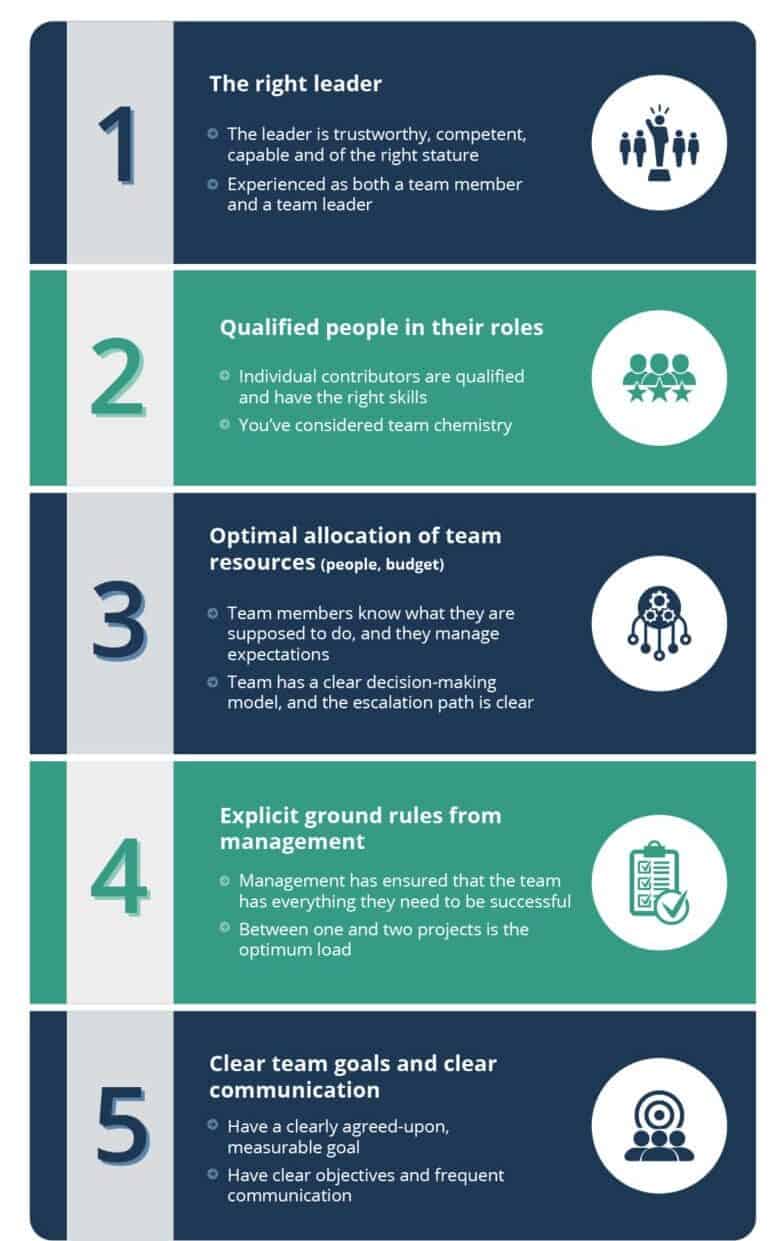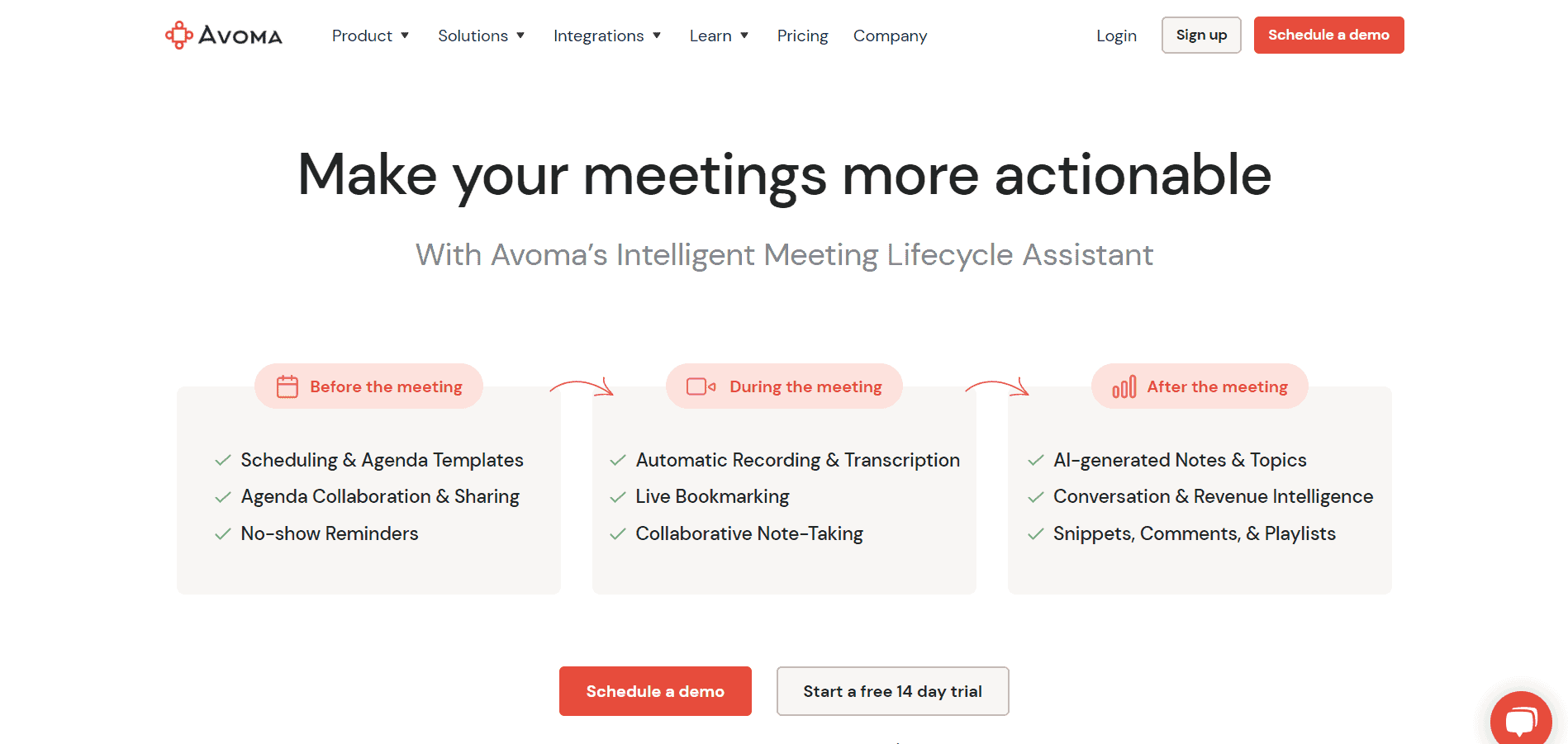Your organization’s growth depends on how effective of an ecosystem your business is.
Research shows that 86% of employees and executives blame the absence of collaboration or ineffective communication for workplace failures.
A company’s chances of success in the market are highly correlated with the level of cooperation across its many departments. Staff with varying perspectives and areas of expertise should work together for a business to run effectively.
Businesses rely heavily on cross-functional collaboration. 31% of leaders say that most or all work within their companies is done by cross-functional teams. This means you need to successfully implement cross-functional collaboration to surpass your competitors.
In this article, we will discuss how to make a terrific strategy that works for your business to achieve a bigger goal.
Table of Contents
What is Cross-Functional Collaboration?
Cross-functional collaboration refers to the process where individuals from different teams/departments with varying expertise come together to achieve a common vision.
A great example could be when a copywriter collaborates with a web designer to create a magnetic landing page that boosts conversions and sales.

Why Cross-Collaborate?
The goal of every company should be to get the most profit from their investments in time, money, and people. If your teams can work together well, they will have a higher chance of succeeding as a whole.
Here are more reasons why cross-functional collaboration is important:
Increased awareness about the organization’s goal
Cross-collaboration ensures that your organization isn’t slowly turning into scattered and isolated silos that have no idea of what’s happening outside their regions.
This means as soon as all members come together, it gets easier to communicate the common vision of the organization with the various departments so that they know what they are aiming to achieve as a team. This also fosters the determination and working capabilities of the employees.
Encourage innovative ideas
A team is a union of people with varied perspectives.
Let’s say, a marketing manager won’t have the same approach as a sales manager. While this might sound like something that can create a conflict between the departments, it could be a great benefit if we look into the bigger picture.
All the collaborating departments will give rise to diverse and innovative ideas. The more effectively these teams brainstorm, the better the problem-solving capability of the entire team will be.
Read also: 5 Simple Ways To Increase Revenue With Little Money
Build a highly committed team

A bigger goal demands a highly committed team. A team that collaborates well in terms of effective communication understands the common goal of the organization and feels more inclined to achieve it.
Reduce employee turnover rate
37% of employees said they would prefer sticking around with an organization that has a great team even if they did not like their job.
A fruitful collaboration results in employees that are less likely to leave the company as they now feel more committed to the brand’s long-term vision. How stable you are as an organization is determined by how much your employees enjoy working in a team.
Help solve difficult problems
Problem-solving requires creative minds and intelligent brainstorming to figure out innovative solutions to specific problems. This can be easily achieved with a team that is active in communication with all its members and works in coordination when it comes to problem-solving.
Read also: Agile Meetings Uncovered: Are They Really Effective?
Increase work progress speed
Instead of doing it all on their own by assuming stuff—effective communication enables your team to work at its full potential, increasing its speed overall.
How?
Let’s say your marketing and design teams effectively cross-collaborate for a marketing campaign. For this purpose, if your marketing and designing heads are not in constant touch and there’s a delay in response from both ends, chances are that there will be a constant delay in getting tasks done. Further, there will be a reduced speed.
However, if the teams are cross-functional, they would easily get tasks done in a shorter span owing to less confusion and chaos about tasks like designing the sales funnel or creating an ad campaign.
Get your client’s work done without outsourcing
Aas your team collaborates effectively, all the work deadlines are met, problems are tackled effectively, and there is a lesser need for outsourcing.
Read also: 7 Proven Ways to Defeat Silo Mentality at the Workplace
How Can You Implement Cross-Functional Collaboration?
In order to put together a productive cross-functional team, consider the following set of guidelines. Functional teams have been the default option for forming teams in the past, but they don’t always produce the greatest outcomes. When forming your first multifunctional team, you may face opposition.

Choosing the best team leader to bring the vision to reality
A strong team leader is one who not only encourages the team members to deliver exemplary results but also ensures that there’s harmony between all the departments of the organization.
It is, therefore, crucial to choose the right team leader — the one who ensures that all their goals are effectively conveyed to everyone and tasks are assigned in a way that brings the least chaos.
Further, a team leader should be trustworthy. 45% percent of employees say that a lack of trust in the leader is the biggest factor that influences their work performance. Choosing the right team player will determine how effectively your business implements CFC.
Setting short-term and long-term goals
To achieve the bigger goals, you need to break those goals down into short-term ones. Now, a long-term goal could be to increase sales by 2X by the end of the year. While a short-term goal could be working on a social media platform that has great potential in terms of getting a wider reach.
AI tools to the rescue
Cross-functional collaboration in remotely functional CFTs is a tricky task. Here, effective communication gets harder to implement. This is where the right technology hops into the picture.
Efficient communication involves scheduling meetings and maintaining records of the key insights from the same. For that, we have team conferencing tools like Zoom, Google Meet, and Microsoft Teams. To take down the important insights from the meeting and maintain records for the same, we have AI tools like Avoma and Dialpad.
Regularly accessing the results and tackling inaccuracies
Along with having goals and keeping records, you also need to analyze what worked and what didn’t. For a business to grow, and your team to perform well, your results have to be analyzed regularly.
A cross-functional team can play a vital role here by examining the results from the point of view of all the departments in the organization. So a highly interactive team is bound to communicate the inaccuracies and provide creative solutions to help your business perform way better than a competitor that doesn’t even care about linking the isolated departments of their team.
Read also: 9 CRM Best Practices for Small to Large Businesses
The Final Takeaway
Every business today needs to cross-collaborate to achieve a bigger goal — the organization’s growth. Instead of making your organization a union of isolated teams, progress fast by implementing what we call the modern secret to organizational growth — CFTs.
A cross-functional team is a highly involved group of people working with diverse expertise who work together to make the brand’s vision a reality.
While organizations face a lot of challenges in making CFT actually work for their venture, there are numerous ways in which you can make the collaboration succeed.
So make the most out of the tips shared and effectively enable cross-functional teams for — you now know why they are the secret sauce to every organization’s success.


